Beauty News, Josh Rosebrook
Does your hair crave protein or moisture?
Hair often feels unpredictable. One month it shines and swishes, the next month it snaps, droops, or frizzes at the slightest touch. Nearly every setback traces back to a single principle:
Healthy hair balances two needs – Protein and moisture.
When the scale tips too far to either side, problems appear fast. Strands with too little protein behave like over-cooked spaghetti, while strands starved from moisture mimic dry straw. The encouraging news: Once you can identify which side your hair lacks, the fix is simple and quick.
This in-depth guide explains:
- everyday habits that rob hair of strength or softness
- a two-second stretch test that reveals what the hair needs today
- The science of hydrolyzed protein in everyday terms
- how humectants and oils restore deep hydration
- a balanced four-week routine that fits any texture
- why enrich hair mask – available in our webshop – is a moisture superhero and how to pair it with protein when necessary.
Feel free to read start to finish or jump to the sections that matter most: every part provides an actionable step toward healthier hair.
1 | What undermines healthy hair in 2025?
Modern routines are hectic. A quick blow‑dry before work, skipping heat protection on holiday, or tying wet hair into a tight bun at the gym can all quietly erode hair health. None of these habits destroy hair overnight, but together they chip away at the protein–moisture balance. The following table lists the seven most common culprits noted by Dutch Health Store’s customer‑care team:
| Culprit | What it steals | Visible signs | Simple adjustment |
|---|---|---|---|
| Hot tools above 185 °C | Protein | Split ends, mid‑shaft breaks | Lower temperature; add heat shield |
| Bleach and colour | Both | Mushy when wet, dull when dry | Alternate protein and moisture masks |
| UV rays & salt water | Moisture | Rough cuticle, faded tone | Cover with a hat; rinse with fresh water |
| Pollution | Protein bond strength | Limp roots, buildup film | Use a gentle clarifying shampoo twice a month |
| Tight styles & metal clips | Protein | Localised breakage | Switch to silk scrunchies or coils |
| Hard‑water minerals | Moisture uptake | Sticky feel, poor lather | Install a shower filter or use a chelating rinse |
| Skipping trims | Both | Frayed ends that catch and tear | Schedule a dusting every 8 weeks |
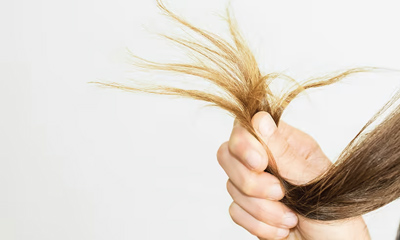
Small tweaks—such as lowering straightener heat or rinsing beach hair with bottled water—protect strands better than any miracle serum. When damage is already present, targeted treatments rescue what remains.
2 | Moisture 101: Why some strands feel like straw
Human hair contains roughly 70% keratin protein, 15% water, and a mix of lipids and pigments. Water resides inside a cork-like cortex and in tiny gaps beneath the outer cuticle scales. Harsh surfactants, prolonged sun exposure, or chemical lightening strip the protective lipid layer, allowing water to evaporate and the cortex to harden.
Common signs of moisture loss
– rough texture when sliding fingers down the shaft
– instant snapping when gently stretching a dry strand
– persistent fluff and fly-ways
– Color that appears matte even after a salon gloss.
How moisture masks work
Effective masks combine two essential ingredient groups:
1. humectants – compounds such as glycerin, aloe juice, and coconut water that draw water into the hair
2. Occlusive oils and butters – Marula, baobab, or shea create a lightweight, breathable seal to lock that moisture in place.
Warmth from shower steam or a wrapped towel lifts cuticle scales just enough for those ingredients to penetrate. As strands cool, the scales flatten and trap hydration, restoring softness and shine.
3 | Protein 101: The backbone of strong strands
Keratin proteins coil like springs inside each fibre. Chemical lighteners, high heat, or long‑term mechanical stress (tight braids, aggressive brushing) break those coils and leave gaps. Protein‑deficient hair stretches endlessly when wet and refuses to regain its shape when dry.
Common signs of protein loss
- Mushy, elastic sensation when wet.
- Curls collapse into stringy waves.
- Straight hair lies flat and sticky.
- Mid‑shaft breakage well above the ends.
Hydrolysed protein: small yet powerful
Whole proteins are too large to penetrate the cuticle, so cosmetic chemists hydrolyse them into smaller fragments. These fragments dissolve in water, slip beneath cuticle scales, and temporarily patch weak spots. Popular sources include rice, wheat, quinoa, soy, and keratin itself.
Important: Protein treatments provide temporary scaffolding. The fragments rinse out over time, preventing the strand from becoming rigid like a fingernail.
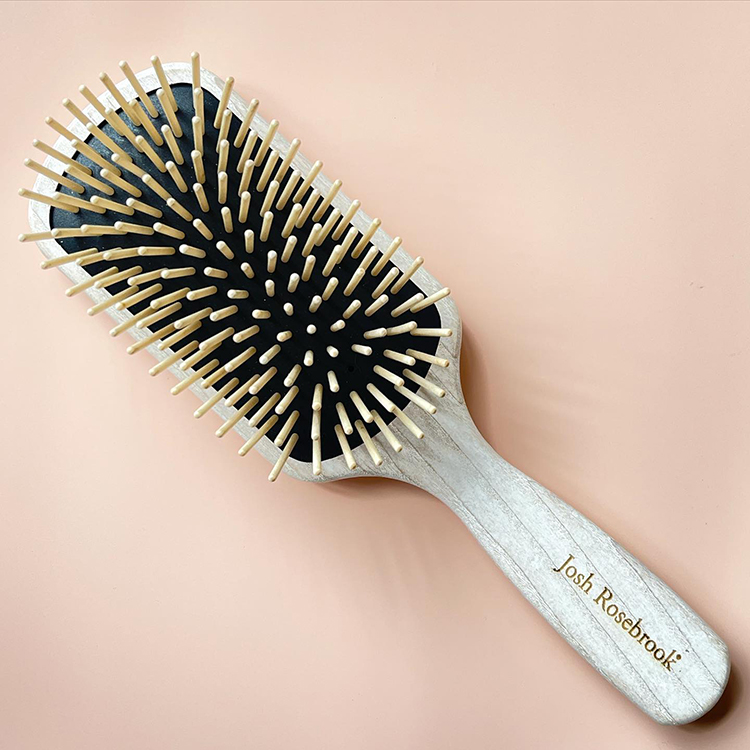
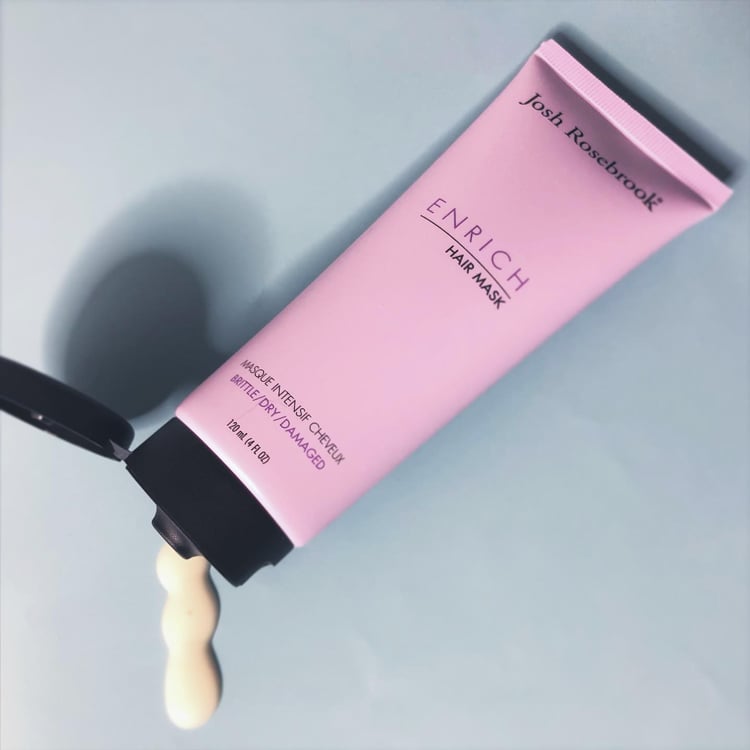
4 | A two-second elasticity test
- select a clean, dry strand near the crown.
- pinch the strand between thumb and index finger on each hand, one centimeter apart.
- gently pull.
| Reaction | Interpretation | Suggested response |
| Snaps quickly; feels rough | Moisture deficit | Apply a deep moisture mask that night |
| Stretches far; remains elongated | Protein deficit | Use a protein treatment, then a light conditioner |
| Stretches slightly; springs back | Balanced | Maintain routine with occasional light masks |
Repeat the test weekly. Environmental changes, travel, and hormonal shifts all alter hair needs.
5 | Protein‑and‑moisture calendar (four‑week template)
This model suits average‑porosity hair exposed to moderate heat styling and refreshed color every eight weeks. Adjust as needed.
| Week | First wash | Second wash | Extras |
| 1 | Moisture mask (Enrich) | Regular conditioner | Cool rinse |
| 2 | Protein treatment | Moisture‑rich conditioner | Five‑minute scalp massage |
| 3 | Clarify + moisture mask | Lightweight conditioner | Trim fringe |
| 4 | Protein treatment | Moisture mask | Air‑dry only |
Fine hair often benefits from moving the clarifying step to Week 2. Coarse curls may double the moisture sessions and half protein treatments. The elasticity test will guide any adjustment.
6 | Understanding overload
-
Protein overload—hair feels stiff, tangles easily, and breaks when bent sharply. Remedy: clarify; use a rich moisture mask for two washes before reintroducing protein.
-
Moisture overload—hair feels soft yet floppy, refuses to hold a style, and stretches like chewing gum when wet. Remedy: incorporate a light hydrolysed protein mask, then pause heavy moisture for one week.
Achieving balance is like using a seesaw: add to one side, watch closely, then correct as necessary.
7 | Hydrolysed protein sources in everyday formulas
| Protein source | Primary benefit | Common product types |
| Hydrolysed rice | Lightweight volume | Volumising shampoos for fine hair |
| Hydrolysed wheat | Smoother cuticle, reduced frizz | Smoothing conditioners |
| Hydrolysed quinoa | Enhanced elasticity, colour protection | Colour‑safe masks |
| Keratin peptides | Intense repair, mirror shine | Bond‑building treatments |
| Hydrolysed soy | Additional body and light hydration | Curl creams |
Scan ingredient lists for words such as hydrolysed, protein, or peptide—usually found mid‑list in quality formulas.
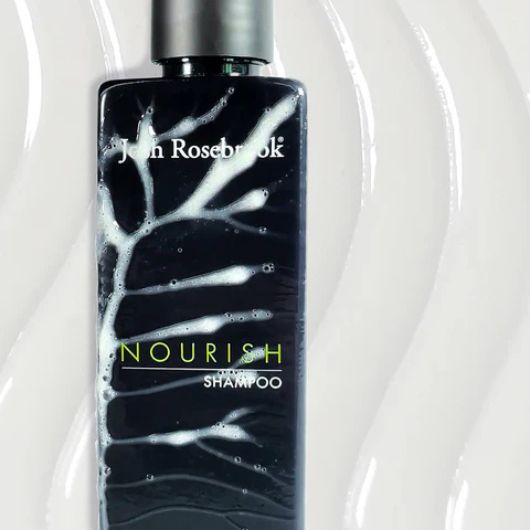
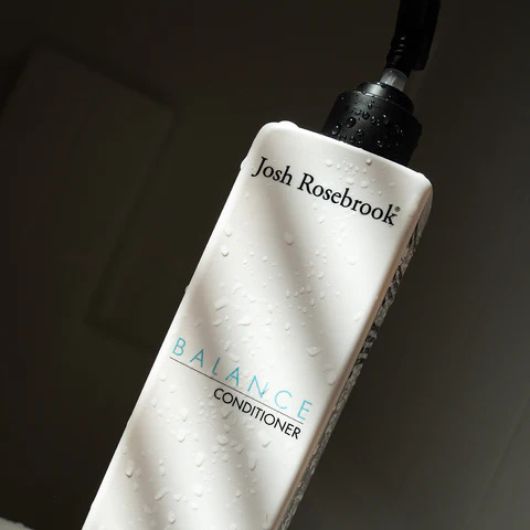
8 | Enrich Hair Mask — a moisture powerhouse
Dutch Health Store offers Enrich Hair Mask specifically for dry, brittle strands. The formula works across all textures without heaviness.
Key ingredients and plain‑language benefits
-
Aloe Vera Juice — first ingredient; delivers water and trace minerals.
-
Marula Oil — seals in hydration and adds silk‑like slip.
-
Baobab Oil — provides amino acids that preserve elasticity.
-
Sea‑Buckthorn Fruit Oil — rich in omega‑7 for reflective shine.
-
Lavender & Rosemary Extracts — soothe the scalp and offer a fresh herbal scent.
Application guide by texture
| Texture | Mask amount | Leave‑on duration |
| Fine / straight | Nickel size | 5–7 minutes |
| Medium / wavy | Walnut size | 10 minutes |
| Coarse / curly | Two walnuts | 15 minutes with gentle heat |
Rinse thoroughly until the water feels sleek but clear, then finish with a cool rinse for added gloss.
Colour‑safe, curl‑friendly, and vegan
Enrich maintains salon colour, respects low‑porosity hair, and contains no silicones or animal derivatives. Worldwide carbon‑neutral shipping is available through Dutch Health Store.
9 | Five‑step action plan
-
Perform the elasticity test this evening.
-
Apply a targeted mask—moisture or protein—at the next wash.
-
Follow with the opposite treatment on the subsequent wash to maintain equilibrium.
-
Repeat the test every Sunday and adjust the routine as needed.
-
Book a micro‑trim every eight weeks to stop split ends spreading.
Consistency creates lasting results. Regular observation and minor adjustments keep both protein and moisture levels in harmony.
Closing thoughts
Personal care is dynamic. Seasonal weather, lifestyle changes, and water quality continually alter the protein‑to‑moisture ratio every head of hair requires. The quick elasticity test offers real‑time feedback, guiding an effective, personalized regimen.
Ready to restore deep hydration? Explore Enrich Hair Mask and additional targeted treatments here at www.dutchhealthstore.com.


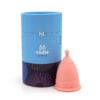
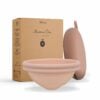







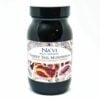

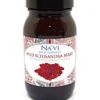





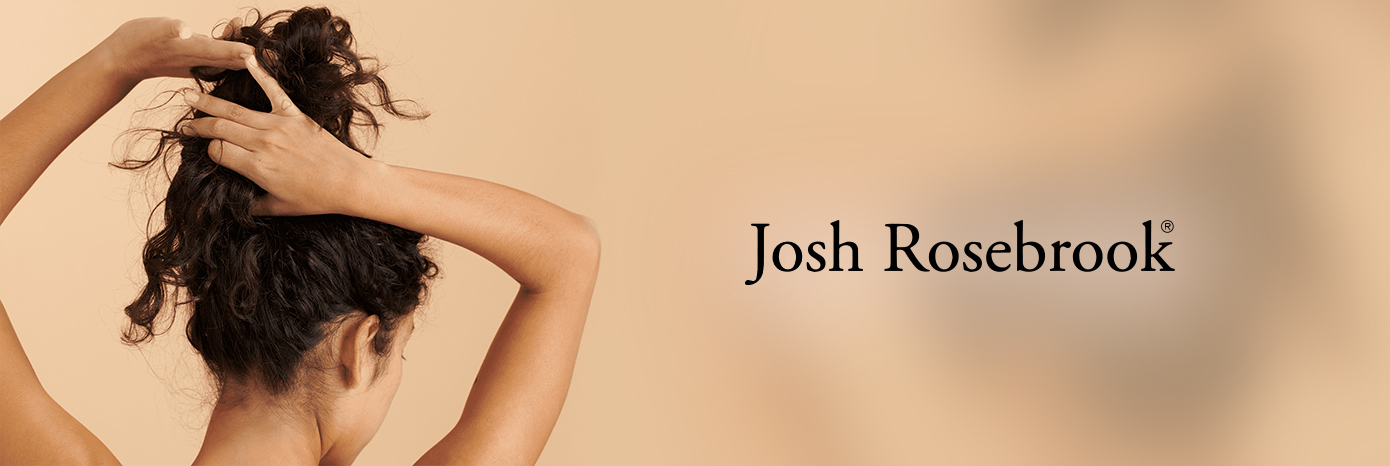
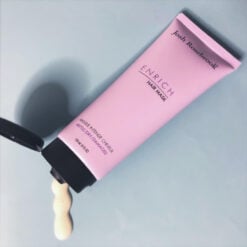


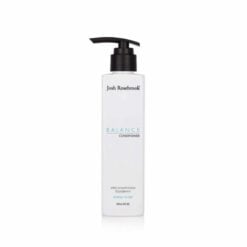


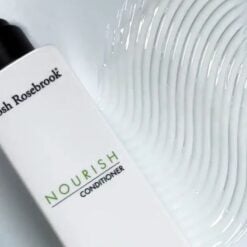




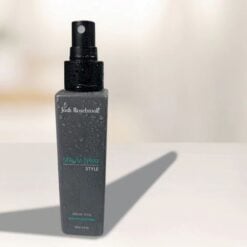



 Beauty Products
Beauty Products By Skintype
By Skintype Brands A-Z
Brands A-Z Wellness
Wellness Health / Nutrition
Health / Nutrition